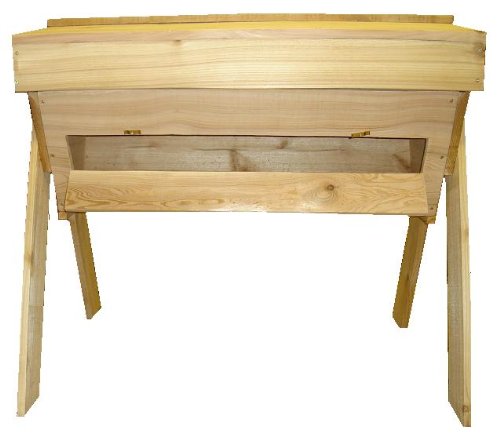- Joined
- Mar 4, 2011
- Messages
- 2,725
- Reaction score
- 1,507
- Location
- Various
- Hive Type
- Smith
- Number of Hives
- >4000
we have the archly "conventional" commercial beekeepers reporting hefty varroa problems
Perhaps you could explain where you take that twisted little bit of selective observation? This thread please. Hijacking again?
Actually, don't bother. I have no stomach for reading another load of stuff from you which is so selectively off beam and laden with emotive and exaggerating terms that it is rendered worthless.
Hefty varroa problems are a sign of neglect. Dealing with varroa is not. Its a sign of avoiding such issues. If you are saying I neglect my bees say it up front. Your level of authority and being the font of knowledge about the ways of beekeepers you have never met, and whose bees you have never seen, based on the scantiest of experience is quite remarkable.





















































